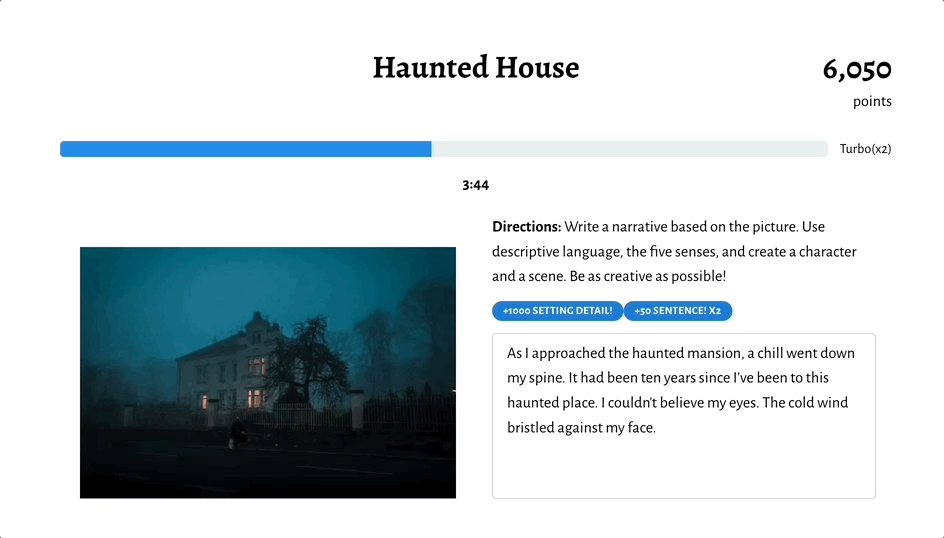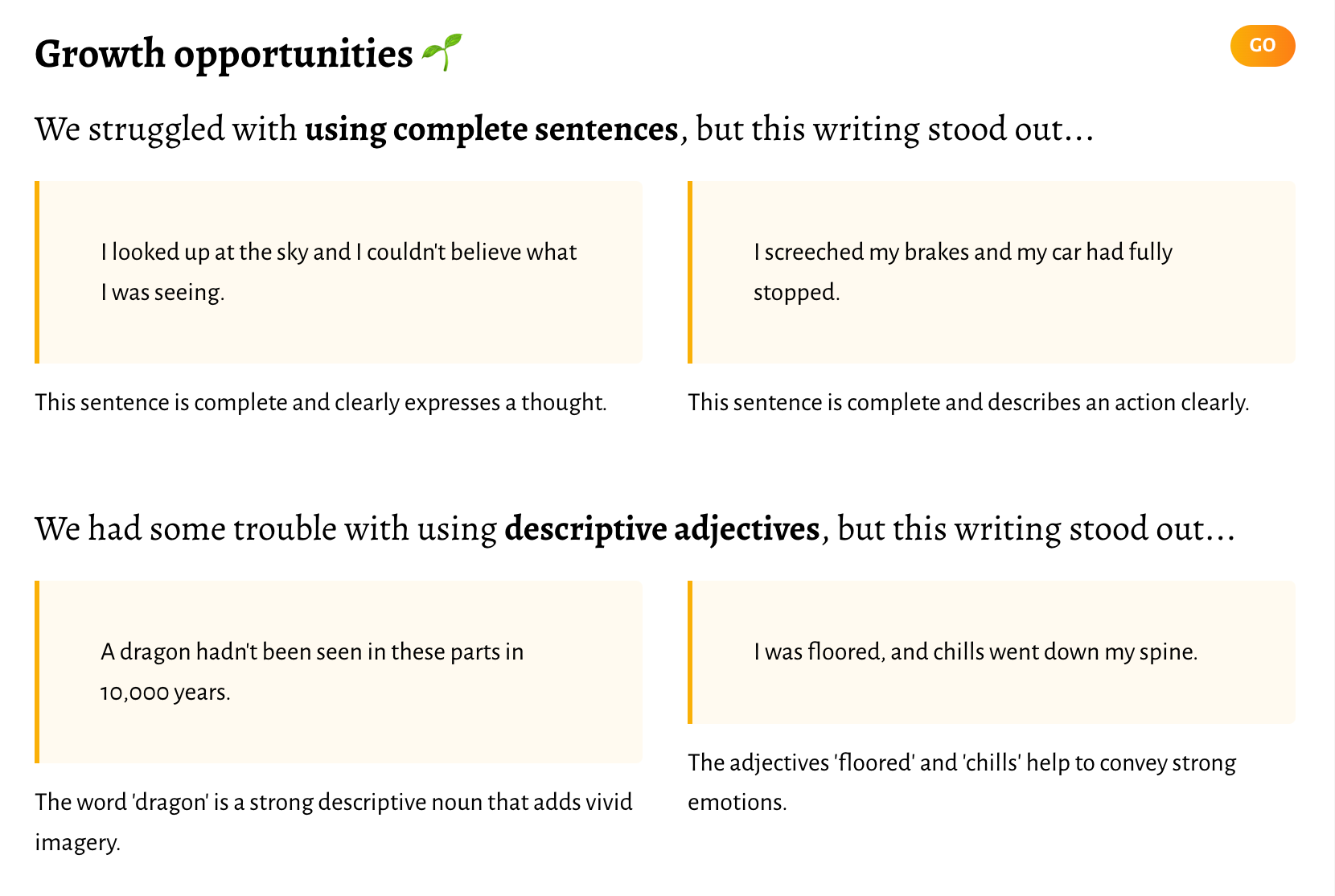Texas: 3 Ways to Gamify Your Students' Writing Practice (SCR/TSIA/ECR)

Writing can sometimes feel like a chore for many students, but what if it could be more like a game? In Texas, educators are constantly seeking innovative methods to make learning enjoyable and effective.
With the Texas Success Initiative Assessment (TSIA), End-of-Course exams (ECR), and State of Texas Assessments of Academic Readiness (STAAR), students need to be proficient in their writing skills. Gamifying writing practice can be an effective strategy to enhance student engagement and performance. Here are three ways to gamify your writing practice using Groovelit.
1. Instant Feedback for Immediate Improvement
Groovelit’s automatic scoring system provides immediate feedback in progress toward the prompt, allowing students to understand their strengths and areas for improvement in real-time.
How to Gamify:
- Writing Challenges: Create writing challenges where students submit their work on Groovelit and receive instant feedback. Set a timer for these challenges to add a sense of urgency and excitement.
- Progress Tracking: Use Groovelit’s feedback to track progress over time. Reward students with badges or points for improvements in specific areas such as thesis statements, evidence, or coherence.
- Leaderboards: Display a leaderboard in the classroom that highlights the top performers based on Groovelit's scores. This can motivate students to improve their writing continuously.

2. Detailed Qualitative Feedback for Deeper Understanding
Groovelit goes beyond simple scores by offering detailed insights into the quality of the writing through reports. These qualitative feedback reports help teachers understand the strengths and areas of growth of students on the fly.
How to Gamify:
- Writing Workshops: Organize workshops where students review their Groovelit reports and work on specific areas of improvement. Create a points system for participation and progress.
- Peer Review Sessions: Use Groovelit’s qualitative feedback to guide peer review sessions. Students can earn points for providing helpful feedback to their classmates.
- Writing Tournaments: Host writing tournaments where students compete to write the best essays based on Groovelit’s feedback. Provide themes or prompts related to the SCR, TSIA, or ECR to align with their curriculum.

3. Collaborative Learning with Bulletin Boards and Formative Reports
Groovelit’s bulletin boards and formative writing reports facilitate collaborative learning, making it easier for students to learn from each other and for teachers to plan reteaches.
How to Gamify:
- Classroom Bulletin Boards: Create a classroom bulletin board where students can post their writing achievements and receive comments from peers. Award points for positive contributions and constructive feedback.
- Team-Based Writing Projects: Divide the class into teams and assign writing projects that require collaboration. Use Groovelit’s formative reports to guide each team’s progress and provide points for teamwork and improvement.
- Reteach Sessions: Plan reteach sessions based on common areas of improvement identified by Groovelit. Create mini-games or activities during these sessions to make learning fun and interactive.